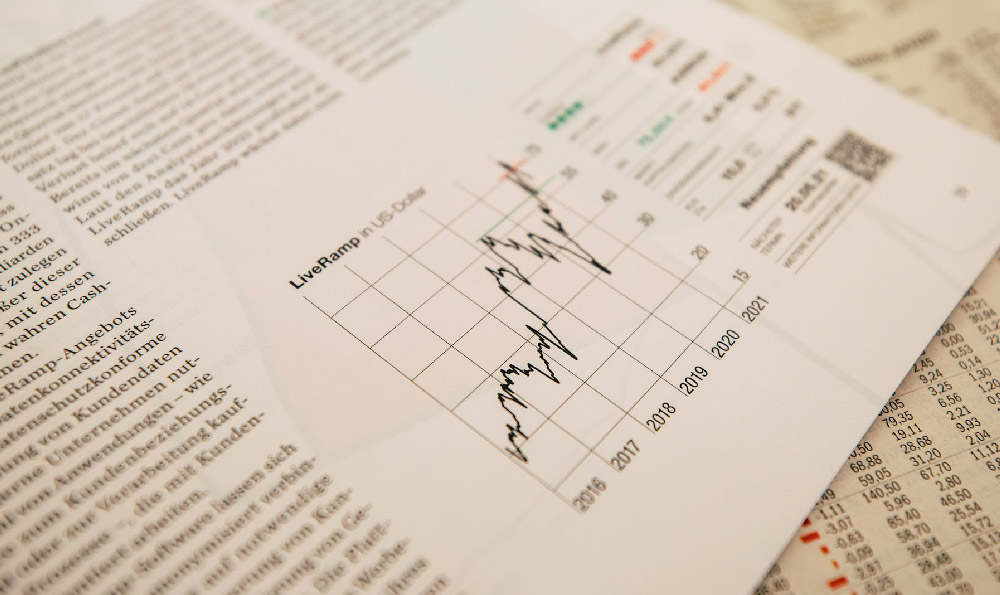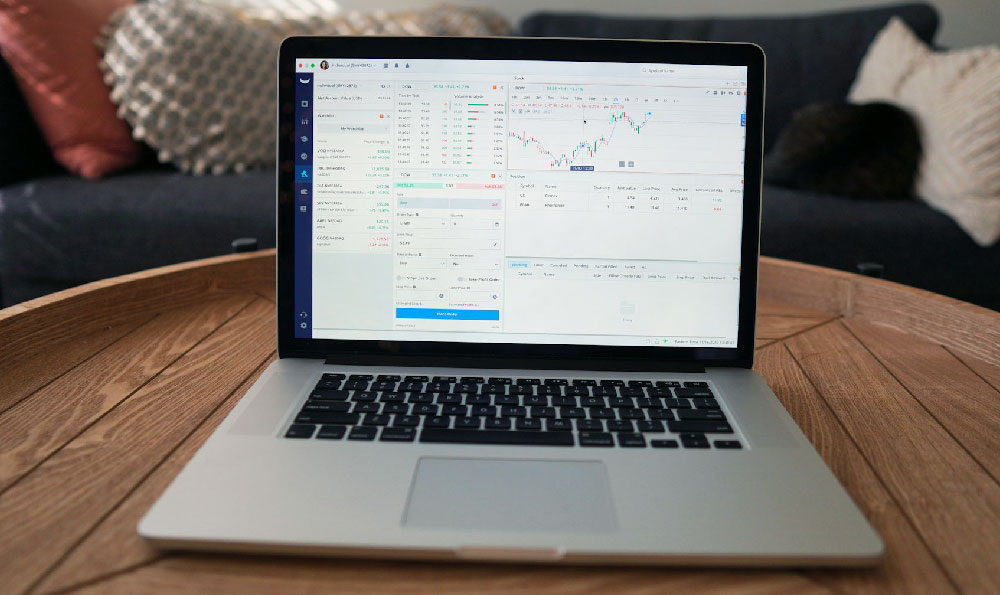Amazon, the e-commerce behemoth, has become an integral part of modern life for millions worldwide. From everyday essentials to cutting-edge technology, Amazon's expansive marketplace offers an unparalleled range of products and services. Understanding the financial engine that drives this global empire – its daily revenue generation and overall profitability – is a fascinating exercise, revealing not only the scale of its operations but also the complexities of its business model.
Estimating Amazon's daily revenue involves delving into the company's publicly reported quarterly and annual earnings. Amazon's revenue is primarily derived from several sources: online retail sales (including third-party seller services), Amazon Web Services (AWS), advertising, subscription services (like Prime), and physical stores. When Amazon announces its quarterly earnings, analysts and investors dissect the reports to understand the performance of each segment. To arrive at a daily revenue figure, we typically take the total quarterly revenue and divide it by the number of days in that quarter. Given that quarters vary in length, ranging from 90 to 92 days, a slight adjustment may be necessary.
Consider a hypothetical scenario. If Amazon reports total revenue of $140 billion for a particular quarter of 91 days, the estimated daily revenue would be approximately $1.54 billion ($140 billion / 91 days). However, this is a simplified calculation. It does not account for seasonal variations or specific events that might have significantly impacted sales during that period. For instance, the fourth quarter, encompassing the holiday shopping season, typically sees a substantial surge in revenue compared to other quarters. Therefore, extrapolating an annual average daily revenue based on a single quarter's data may not provide a completely accurate picture.

Beyond the raw revenue number, a crucial aspect to consider is Amazon's profitability. While Amazon generates a massive amount of revenue daily, understanding whether this translates into a profit or loss requires a deeper look at its cost structure. Amazon invests heavily in various areas, including infrastructure, research and development, marketing, and fulfillment operations. Its fulfillment network, comprised of warehouses and logistics infrastructure worldwide, involves significant capital expenditures and ongoing operational costs. Similarly, its investments in cloud computing infrastructure for AWS and innovative technologies like artificial intelligence and machine learning also demand substantial financial resources.
Amazon's path to profitability has been a long and sometimes unpredictable journey. Initially, the company prioritized growth over immediate profits, reinvesting a significant portion of its revenue back into the business. This strategy allowed Amazon to rapidly expand its market share, build its infrastructure, and diversify its product and service offerings. Over time, however, Amazon has demonstrated a greater focus on improving its profitability. AWS, in particular, has emerged as a highly profitable segment, contributing significantly to Amazon's overall earnings. The advertising business is also exhibiting strong growth and improving profit margins.
Several factors influence Amazon's profitability on a daily basis. Sales volume, product mix, and pricing strategies all play a critical role. A higher volume of sales generally translates into greater revenue, but the profit margin on each product or service can vary considerably. For example, sales of high-margin products like electronics may contribute more to the bottom line than sales of lower-margin items like groceries. Moreover, Amazon's pricing strategy, which often involves competitive pricing and discounts, can impact its overall profitability. The ability to efficiently manage its supply chain and optimize its fulfillment operations also directly affects its cost structure and, consequently, its profitability.
Furthermore, macroeconomic conditions, such as inflation, interest rates, and consumer spending patterns, can significantly influence Amazon's performance. Inflationary pressures can drive up costs for goods, labor, and transportation, potentially impacting profit margins. Changes in interest rates can affect borrowing costs and investment returns. Fluctuations in consumer spending can impact sales volume, particularly for discretionary items.
Analyzing Amazon's financial statements reveals that the company's net income can fluctuate significantly from quarter to quarter. These fluctuations can be attributed to various factors, including the timing of investments, changes in operating expenses, and variations in tax liabilities. Therefore, determining whether Amazon generates a profit or loss on a daily basis requires a careful assessment of these factors.
It's also important to recognize that Amazon's financial performance is not solely measured by its bottom-line profitability. Investors also closely monitor other metrics, such as revenue growth, gross profit margin, operating income, and free cash flow. These metrics provide valuable insights into the health and sustainability of Amazon's business model. A company can have a loss in net income, but have positive free cash flow, which is often looked at more favorably in the long run.
In conclusion, estimating Amazon's daily revenue involves dividing its total quarterly revenue by the number of days in the quarter, but understanding whether this translates into a profit or loss requires a more comprehensive analysis. Amazon's massive revenue is coupled with substantial investments in infrastructure, technology, and human capital. While the company has demonstrated a growing focus on profitability, its financial performance can be influenced by various factors, including sales volume, product mix, pricing strategies, macroeconomic conditions, and strategic investments. Therefore, while calculating a rough daily revenue number is straightforward, a thorough assessment of Amazon's profitability requires a deeper understanding of its complex business model and its evolving strategic priorities. The daily figures are just snapshots within a much larger and dynamic financial landscape. Investors and analysts are more likely to focus on long-term trends and overall health, rather than just the profit or loss on any given day.











